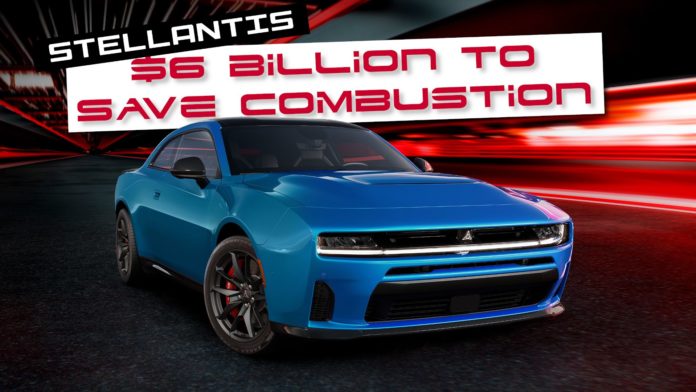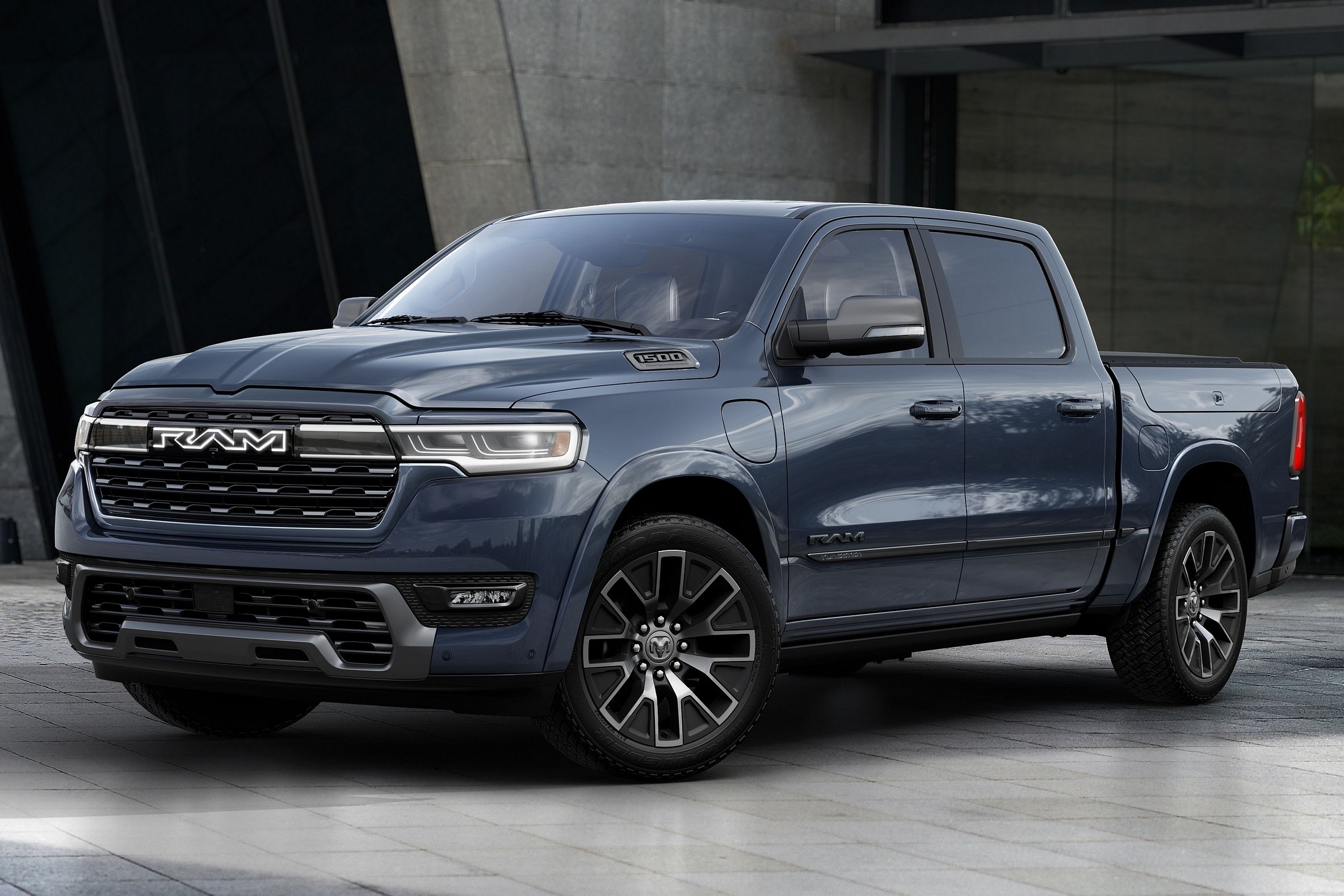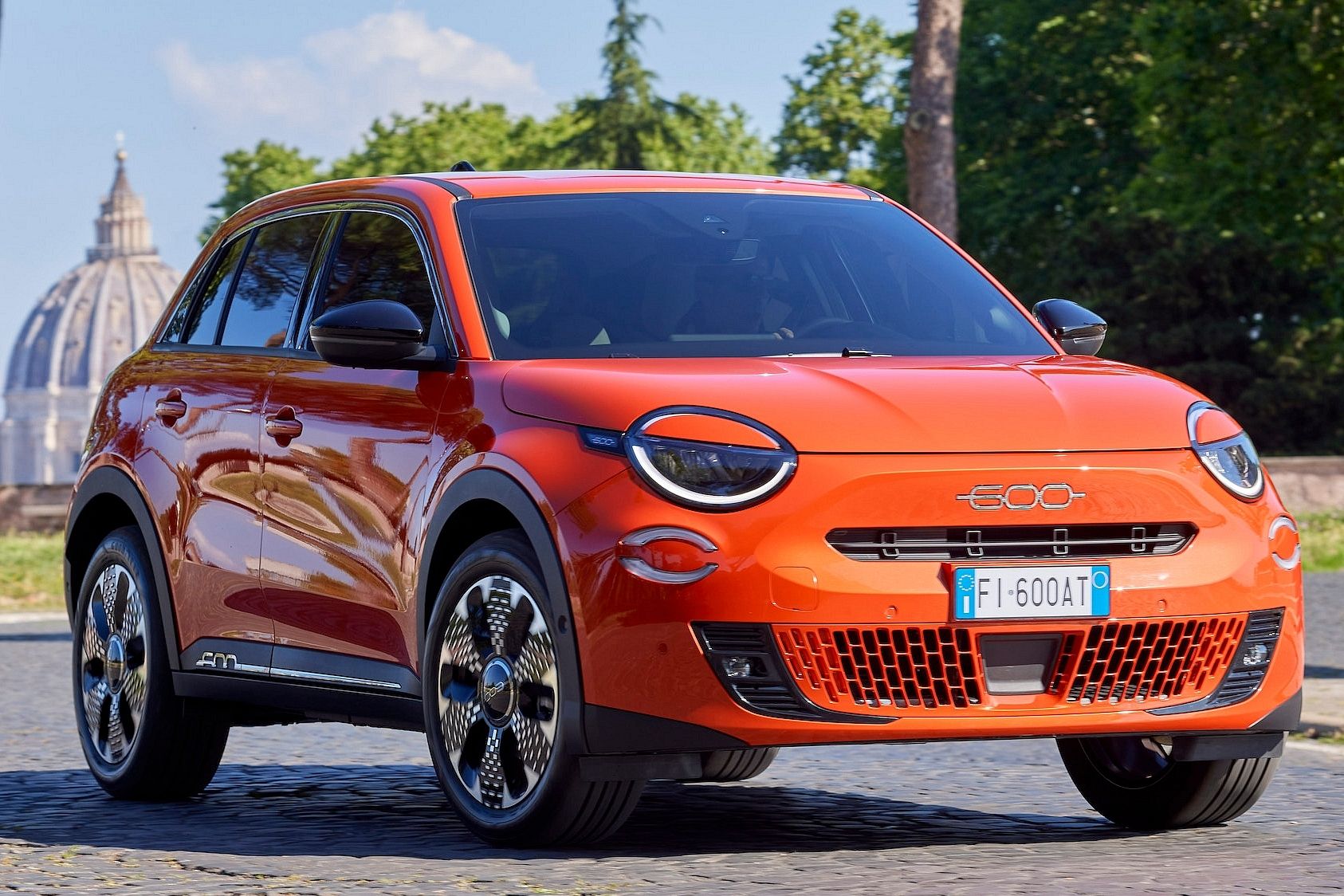Earlier this year, Stellantis announced that it would be investing $6 billion to keep internal combustion alive. While no models were mentioned, fans of combustion and Stellantis brands immediately began dreaming it was a combustion-only future for cars like the Dodge Charger. While that’s likely not the case, a renewed commitment from one of the world’s largest automakers to pursue something other than pure electrification is a breath of fresh air in a world where most automakers are proudly announcing that they’ll be all-electric by the mid 2030s. There are very few automakers still developing ICE technology, with Porsche filing the most patents by far.
General Motors announced a $500 million investment in ICE models last year, and Mazda is even working on fuel made from seaweed. In addition to constantly refining the internal combustion engine, Porsche also invested heavily in synthetic fuel, though the consensus is that it will only be used by the 911.
But why has Stellantis done this, and what can other automakers learn from it?
Stellantis Used To Be Way Behind
Not that long ago, Stellantis was widely considered to be behind the curve. Jeep, Fiat, Lancia, Dodge, Maserati, Alfa Romeo, and Chrysler were flogging old products with no sign of electrification in mind. But little did we know that Stellantis was working behind the scenes, not just on electric and ICE powertrains, but also a series of platforms. These platforms slowly came to light. The brands within the Stellantis stable started introducing new cars, crossovers, and electric trucks like the Ram 1500 REV. All of these revelations gave us an in-depth look into Stellantis’ current and future plans. To fully explain what other brands can learn from Stellantis’ ICE investment, we first need to look at its various platforms.
A Platform For Every Application
|
Platform |
Range |
Construction |
|
STLA Small |
300 miles |
Unibody |
|
STLA Medium |
440 miles |
Unibody |
|
STLA Large |
500 miles |
Unibody |
|
STLA Frame |
500 miles |
Body On Frame |
As you can see above, Stellantis has four new platforms, primarily designed for electrification. These platforms were designed with component sharing in mind, so all of Stellantis’ EVs will have a standard set of components, reducing complexity and resulting in more affordable cars. For most automakers, this would be enough, but Stellantis went above and beyond. The STLA platforms can house front-wheel, rear-wheel, and all-wheel drivetrains, but that’s not even the most impressive bit. Stellantis went into this knowing that electrification is not the only solution, so these platforms also have room for traditional gas-powered engines and plug-in hybrid setups.
That’s why Dodge can sell a 550-horsepower ICE Charger alongside the Charger Daytona EV. Both use the same STLA Large platform, which makes it just as easy to build an EV as a traditional muscle car. Because of this, Dodge is probably closer than any other automaker to reaching price parity between ICE and EV.
A Turbocharged Inline-Six That Kicks V8 Butt
So far, the Hurricane engine has made its debut in Jeep and Ram products. The gas-powered Charger will only be introduced next year in Standard Output (SO) and High Output (HO) guises. Dodge has revealed that the SO will have 420 horsepower on tap, while the HO will have 550 hp to play with. Add a hybrid system to the mix, and the performance potential is massive.
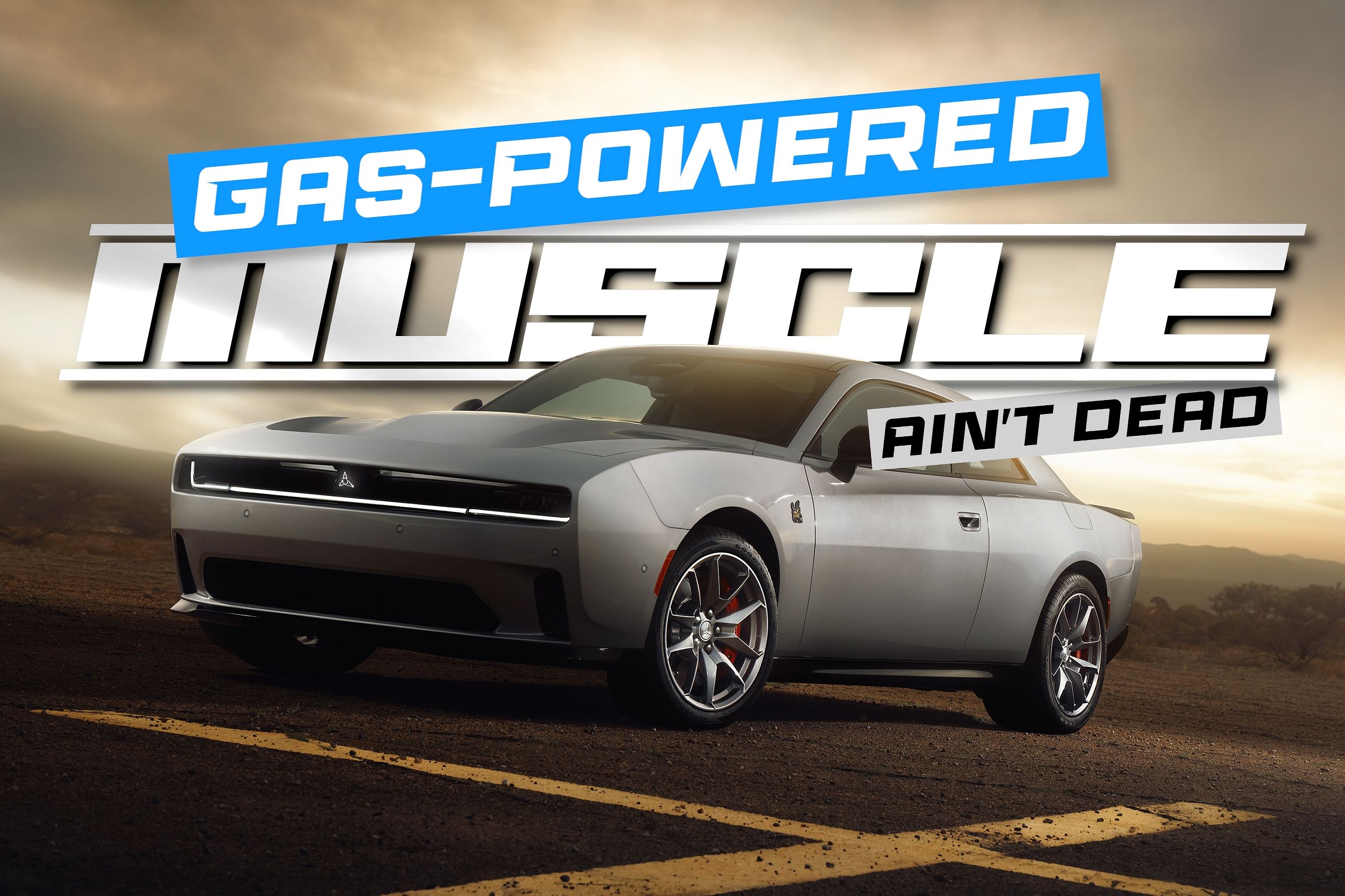
Related
2025 Dodge Charger: What You Need To Know About The Gas-Powered Muscle Car
Rumors of the combustion-powered Dodge muscle car’s demise have been greatly exaggerated.
The torque figures weren’t disclosed, but we can use existing products to demonstrate the adaptability of this engine. We can also compare it with the outgoing Charger’s two naturally aspirated V8 engines, which clearly and subjectively prove that it’s a better engine. We haven’t forgotten about the Hellcats, however. We’ll get to them in a minute.
|
2025 Ram 1500 Laramie |
2025 Ram 1500 Tungsten |
2023 Dodge Charger R/T |
2023 Dodge Charger Scat Pack |
|
|
Engine |
3.0-liter twin-turbo inline-six |
3.0-liter twin-turbo inline-six |
5.7-liter naturally aspirated V8 |
6.4-liter naturally aspirated V8 |
|
Power |
420 hp @ 5200 rpm |
540 hp |
370 hp @ 5250 rpm |
485 hp @ 6100 rpm |
|
Torque |
469 lb-ft @ 3500 rpm |
521 lb-ft |
395 lb-ft @ 4200 rpm |
475 lb-ft @ 4100 rpm |
|
Engine Weight |
430 lbs |
441 lbs |
485 lbs |
582 lbs |
The SO Hurricane engine easily trounces the 5.7 V8 and is just 6 lb-ft shy of the larger 6.4-liter motor. The HO trounces the 6.4 NA V8, too. Sure, you don’t get V8 noises, but we’d much rather listen to an inline-six than nothing at all. Before we go any further, let’s address the elephant in the room. The supercharged version of the Hemi V8 produced 700 horses, and surely an inline-six can’t beat that. Except that it can. If we used BMW’s turbocharged six as an example, we know it’s easy to eke another 100 hp out of the engine just from a basic ECU tune. Once you start playing around with bigger turbos and stronger internals, you can easily get it to 1,000 hp.
Another interesting power source to consider is the new Ramcharger, which has the old-school 3.6-liter V6 bolted under the hood. Instead of driving the wheels, it acts as an onboard generator, sending power to a battery, which, in turn, powers the electric motors that power the wheels. There are multiple benefits to this system. It’s a lot more thermally efficient than a traditional gas-powered car, and you get all the advantages of an EV, including instant torque and less complexity. You also don’t have to deal with charging. Once the V6 has drained the tank, you simply fill it up in the traditional way.
What’s The Next Step For Stellantis?
The $6 billion investment is for four new global platforms and eight new powertrains and electrification applications. Stellantis has already announced that most of its cars are already compatible with synthetic fuel, and this will take it a step further. These eight new powertrains will likely include hybrid and plug-in hybrid versions of the Hurricane six’s smaller brother, the Hurricane 4, but given this, we can’t rule out the six-banger getting a shot of electricity. There’s also the possibility that one or both of these engines could be used as generators to power a small battery, just like the Ramcharger we mentioned earlier.
The exact engines and platforms to be developed haven’t been fully detailed by Stellantis, but we do know the investment includes the following:
- Bio-Hybrid technologies combining engines that can run on bio-ethanol with various states of electrification, split into the following:
- Bio-Hybrid
- Bio-Hybrid electrified dual-clutch transmissions (eDCT)
- Bio-Hybrid Plug-In
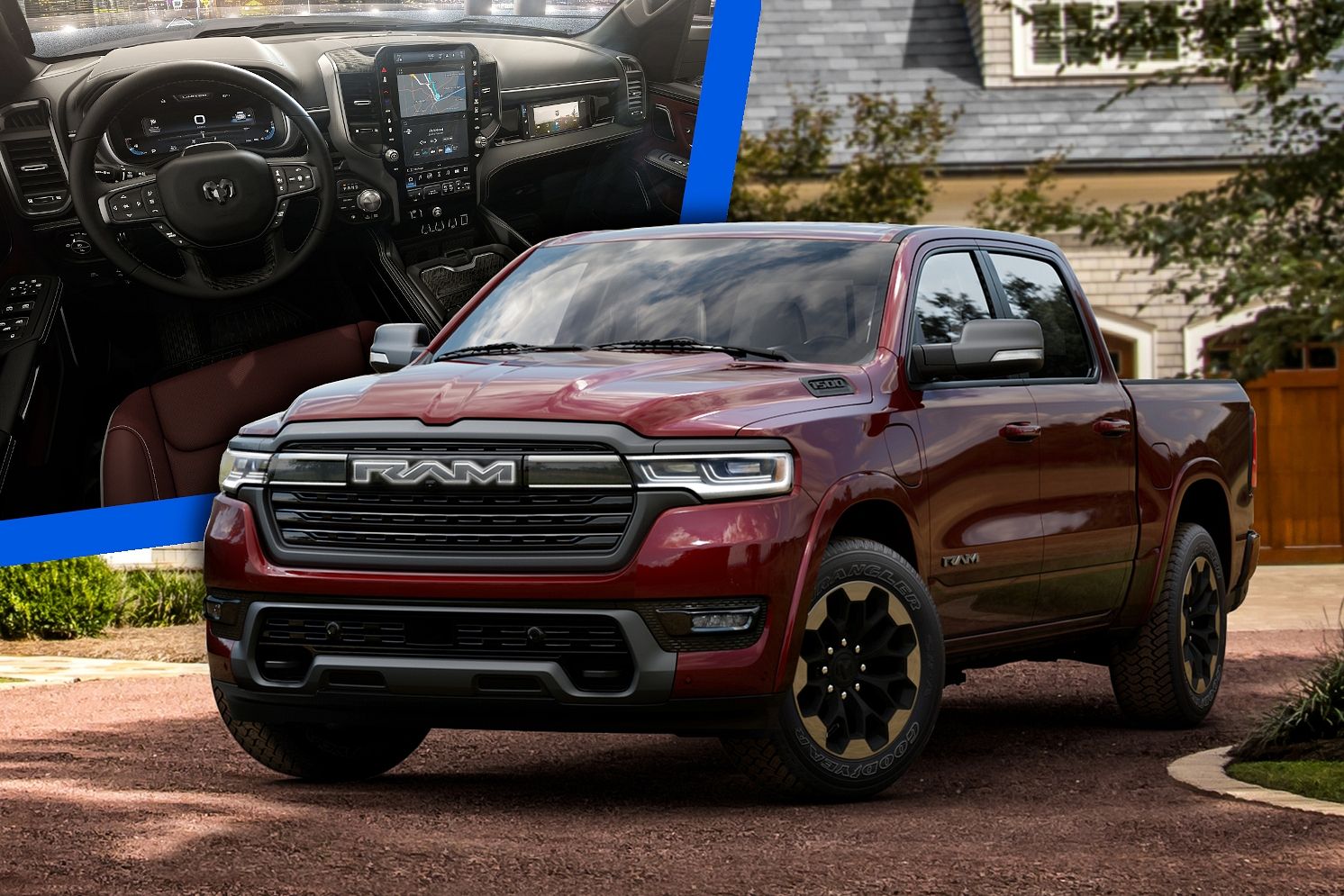
Related
2025 Ram 1500 Ramcharger Debuts As The Ultimate Electric Truck With 690 Miles Of Range
Complete with a V6 range extender, this is technically a battery-electric vehicle with 663 horsepower and 14,000-lbs towing capacity.
Why All The Bio-Ethanol Talk?
Every one of the technologies Stellantis is investing in as part of this development is linked to bio-fuels, specifically bio-ethanol. This is different from the synthetic fuel Porsche is developing but is no less important as it vastly reduces carbon dioxide emissions compared to traditional gasoline. Bio-fuels are now a staple in Latin America, with a number of flex-fuel powertrains made available in the South American market. That’s because bio-ethanol is a fuel source prevalent in countries like Brazil, which has a rich history of automotive construction for the region.
According to Statista, the United States still leads the way in global biofuel production as of 2022, producing 1,626.6 petajoules of biofuel power per annum. But Brazil is in second place, producing 914.5 petajoules, nearly three times as much as the next closest country, Indonesia. Brazil also uses more ethanol in its fuel than other South American countries, at 27% ethanol, which is produced from the abundance of sugarcane produced by the country.
The importance of this bio-ethanol cannot be understated, though. According to a report from IEA Bioenergy, sugarcane ethanol yielded a 70% reduction in greenhouse gases over a full life-cycle evaluation. Comparatively, corn-based bio-ethanol (America’s staple) yielded a drop of only 37% compared to the gasoline it displaces.
Why It Matters In America
These new powertrains being developed by Stellantis are intended to operate on bio-ethanol, primarily as a means of catering to third-world markets like South America and Africa where they don’t have access to electrification infrastructure in the same way Europe and urban America do. But it’s impossible to ignore the fact that America is also in on the ethanol trend, and with several trucks and heavy-duty vehicles already capable of running flex-fuel systems, it’s not a stretch to think that some of these new powertrains could impact the American landscape.
Knock-On Effects For The Rest of The World
But this investment stretches much further than just the American brands. Stellantis’ portfolio included Abarth, DS, Opel, Peugeot, and Vauxhall. These brands are not sold in the USA, but they might come over now that Stellantis’ platforms have made it much easier to build cars. More importantly, the success of these brands will have an impact on America. The USA is a big market, but it needs to sell well in all markets to keep making a profit, and the brands mentioned above are heavy hitters in Europe. You certainly won’t find a Ram, Jeep, or Dodge roaming the streets of London, Paris, Rome, or Barcelona (Jeep Avenger excluded, which is exclusive to Europe and not sold in the US).
Stellantis Finally Has A Solution For Alfa Romeo And Maserati
Maserati is on a bit of a roll at the moment, thanks to the new MC20 and the all-new GranTurismo. Its high-end halo model is sorted, and the sports cars have been introduced, but it still needs a range of sedans and SUVs to make a proper profit. Cars like the Quattroporte, Ghibli, and Levante have to be replaced, which is now possible thanks to the wide range of platforms and powertrains Stellantis will develop using the $6 billion. We don’t think it’s a coincidence the Quattroporte EV has been delayed until 2026.
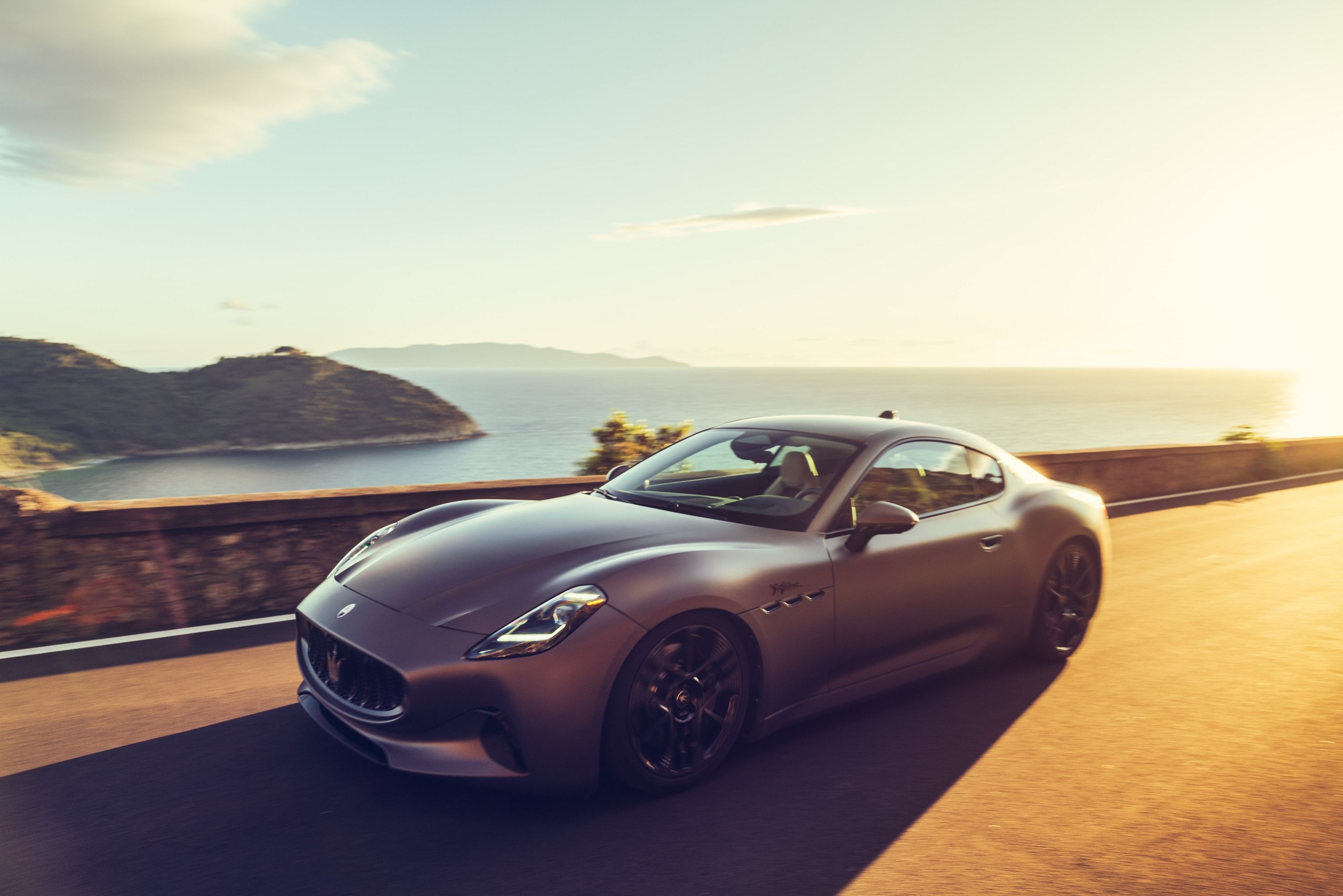
Related
OFFICIAL: Maserati MC20 Going Electric Next Year And Quattroporte EV Delayed
After plenty of speculation and uncertainty, Maserati is setting the record straight on its product plans.
We’re not going to proclaim that this South American investment will save combustion for Italian sports cars, but the enthusiast in all of us here at CarBuzz can’t help but dream a little, and a commitment to new combustion powertrains gives us a dangerous little thing called hope.
While we’re excited about the upcoming Maseratis, we’re elated that Stellantis may have finally found a way to keep Alfa Romeo around. Alfa’s CEO has already confirmed that the Giulia successor will be the next-generation Dodge Charger in an Italian suit. That means the possibility of EV and ICE powertrains coexisting, which is exactly what we wanted. While Alfa Romeo is intrinsically linked to the V6 engine, we wouldn’t be devastated if it switched over to an inline-six engine. It would be more devastating not having a combustion engine because Alfa is just one of those brands that doesn’t correlate well with pure electrification.
A Lesson For Other Brands
When the electric revolution was at its peak, several automakers announced that they’d stop producing gas-powered cars in the 2030s. Recent developments have made heavy hitters like Mercedes-Benz backpedal on important decisions. Mercedes was one of the first brands to state that it was going all-electric, but it later introduced the all-new MMA platform, which was designed mainly for EVs, but can also accommodate gas-powered engines. This platform is still a few years away, however.
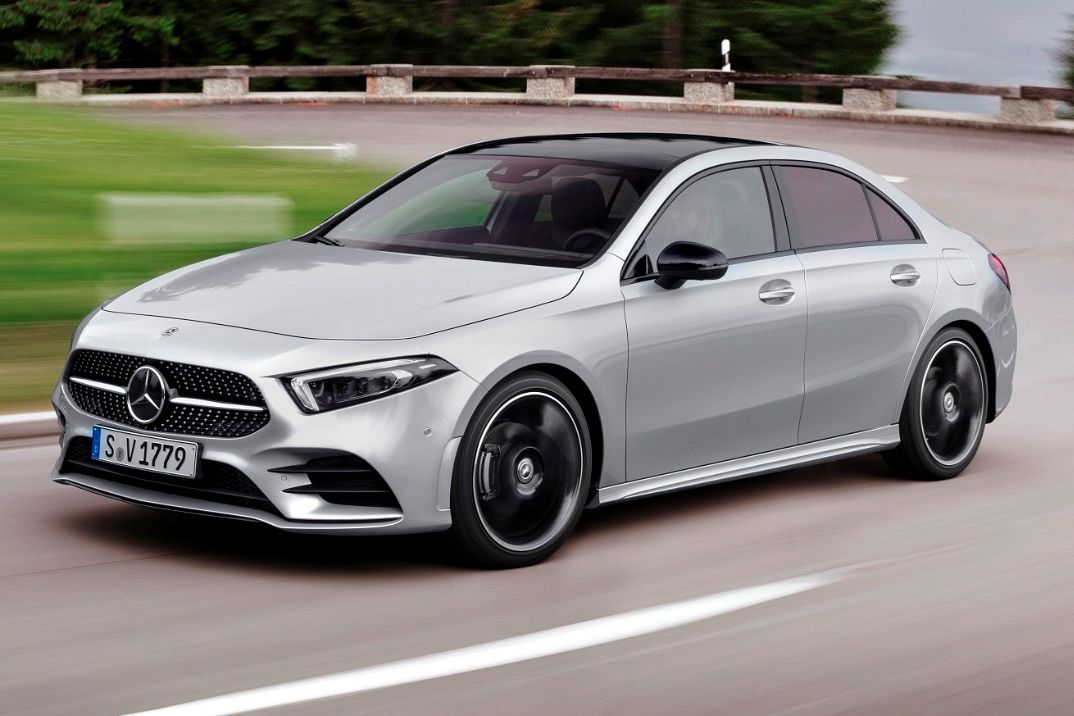
Related
Mercedes-Benz A-Class Will Live On As Germans Rethink EV Strategy
Already discontinued in the United States, the A-Class was supposed to be killed off this year.
In order to still turn a profit at the lower end of the market, the Germans had to give the A-Class a stay of execution. It was supposed to be culled this year to make room for a new all-electric model, but now it will stay in production until 2026. By then, it will be a very old car compared to its rivals. But Mercedes-Benz is far from the only manufacturer to fall into this trap, and unfortunately, the automotive industry is like steering a big boat. Change doesn’t happen within a few hours. Once you make a big decision, its impact will be felt for years. Ford, General Motors, Bentley, Aston Martin, and more automakers have announced delays in their electrification strategies and, in some cases, a reversal to hybrid technology instead of battery electric propulsion. It’s now becoming clear they jumped the gun a little and are now having to find a plan B.
What Stellantis did really well was wait. It may have been called out for being behind the times, but by waiting and seeing where the chips fell, it may have secured its existence for the next 50 years.

